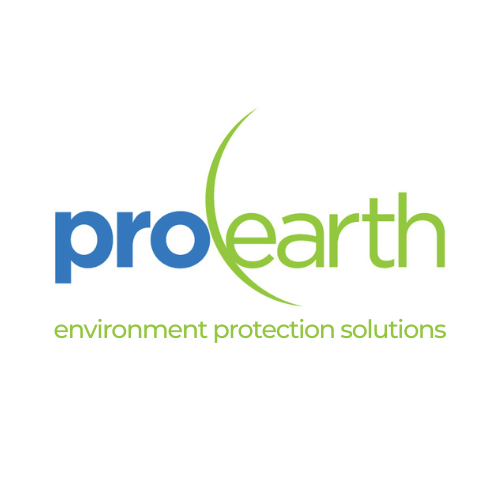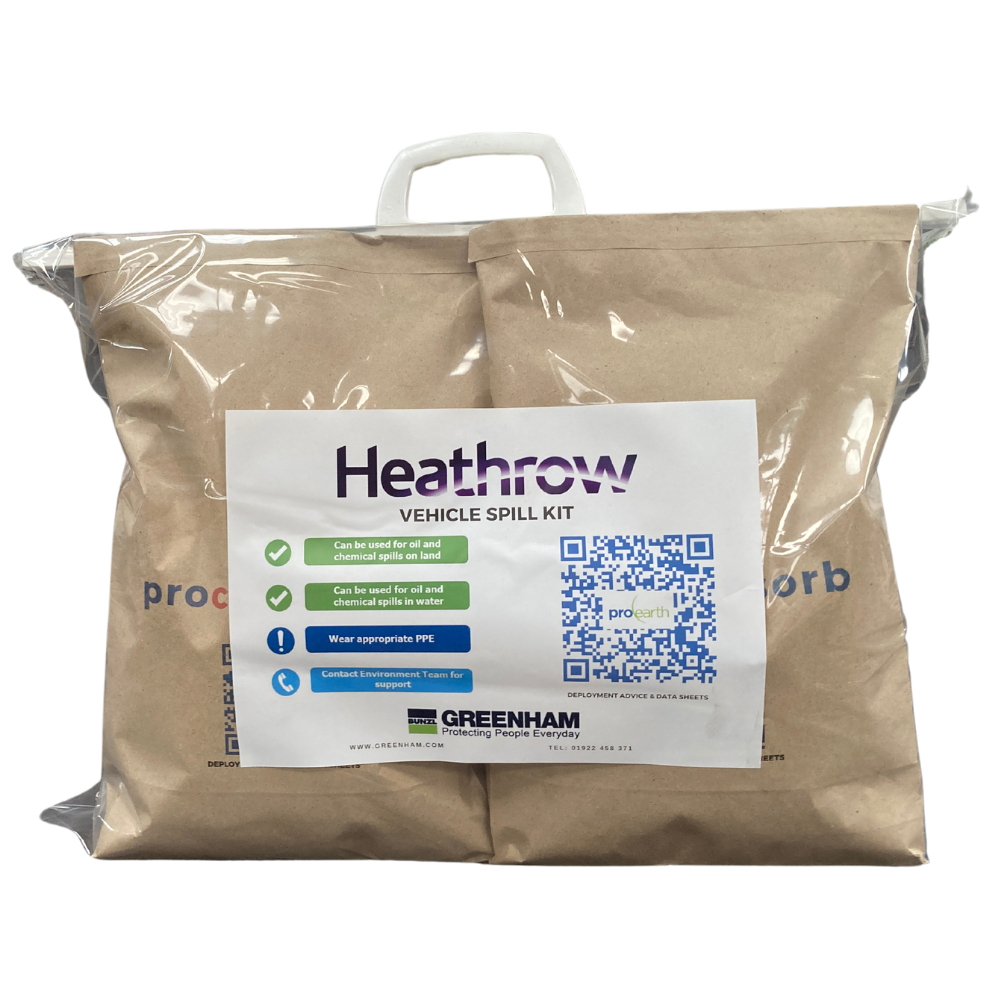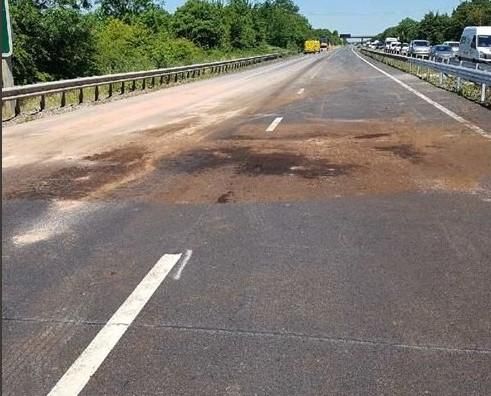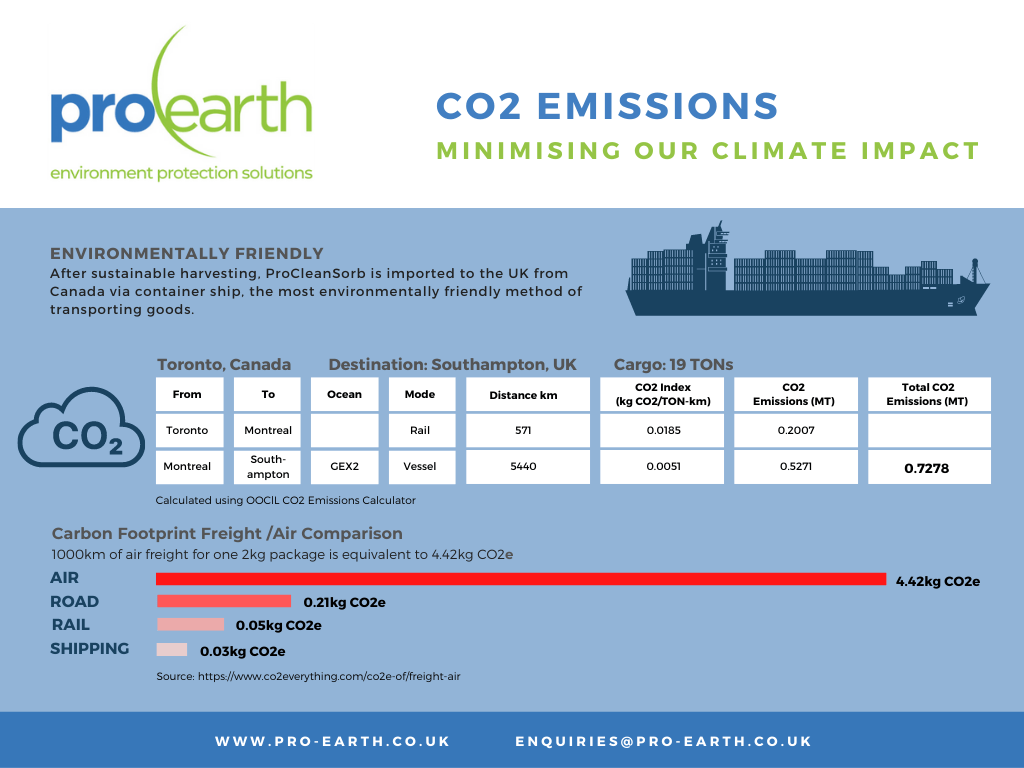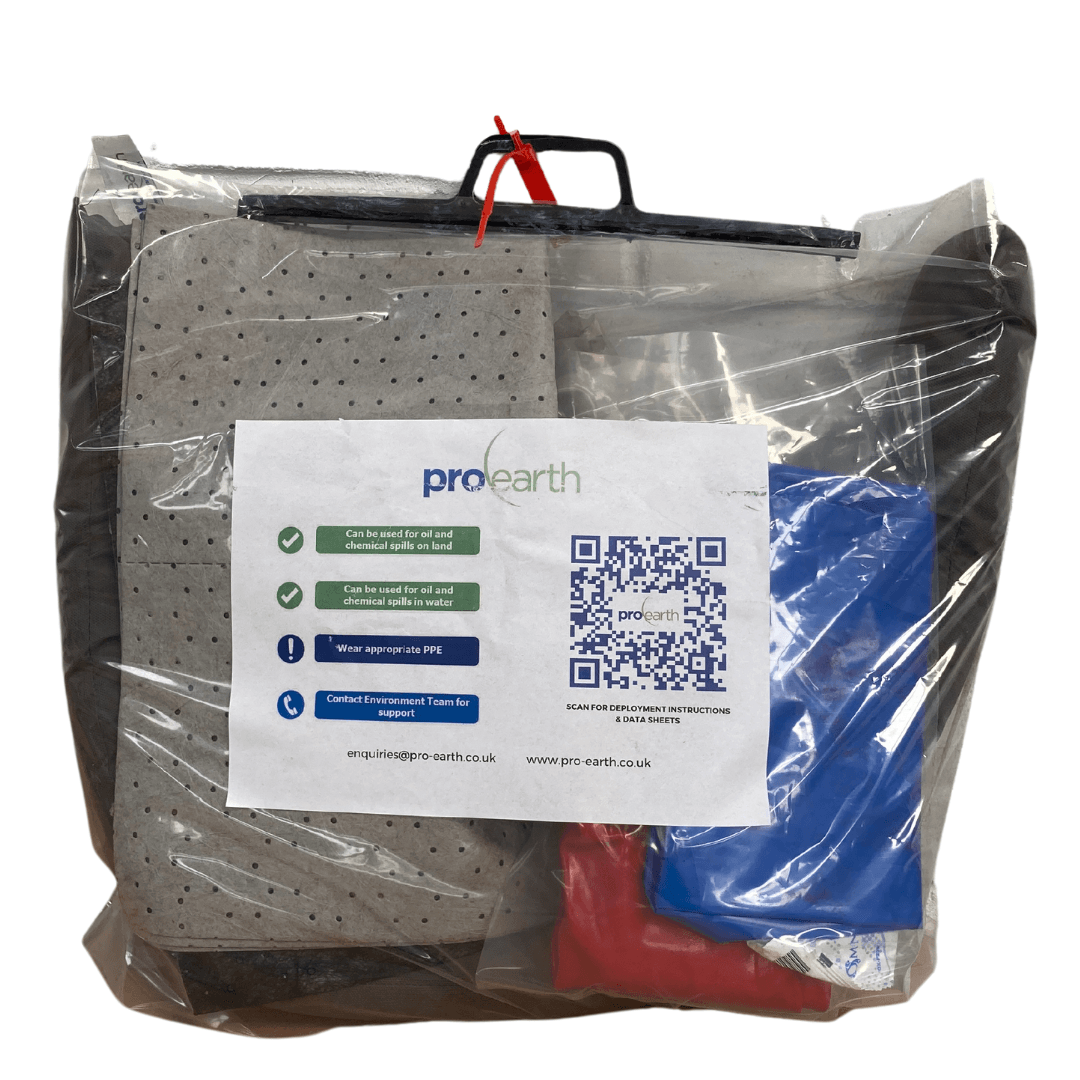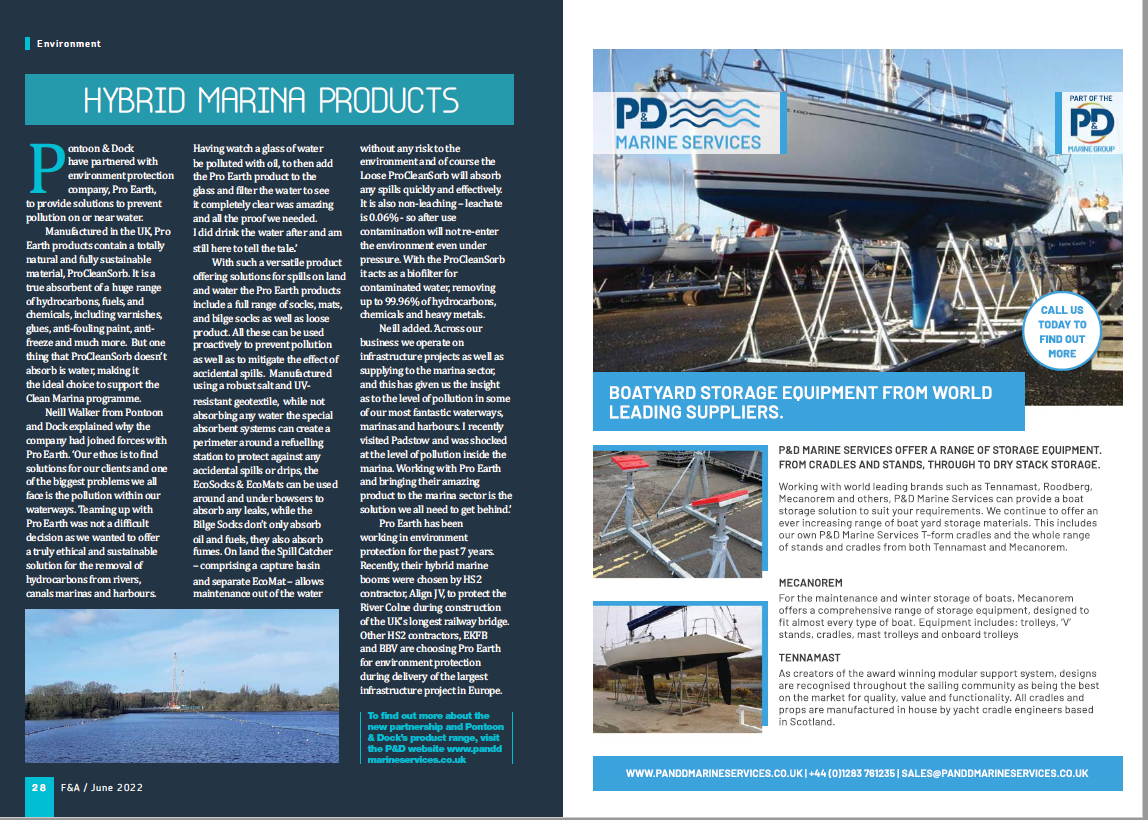Blog Layout
Life Cycle Assessment of ProCleanSorb
Pro Earth • 28 September 2021
Peatland Restoration

After harvesting, Sphagnum moss coverage can be re-established within three to five years. The growth rate of Sphagnum moss on the restored site is comparable to or higher than that of natural peatlands. And the ability of restored sites to capture carbon can return to levels equivalent to natural peatlands after a period of 10 to 15 years following restoration.
After harvesting, various steps are followed to restore the peatland. One of these is described below.
Spreading plants
A manure spreader is used to spread Sphagnum moss and other plant fragments on the restoration site. A ratio of introduction of 1 to 10 is used, which means that 1m2 of plant material coming from the donor site is spread over 10m2 of surface to restore. Sphagnum is the key species involved in bog restoration. It allows the re-establishment of a moss carpet that is able to initiate self-regulatory mechanisms and eventually restore the peat accumulation function.
Contact
+44 (0)330 118 0336
enquiries@pro-earth.co.uk
Monday - Thursday 9am to 5pm
Friday 9am to 1pm
ABOUT PRO EARTH
Specialists in environment conservation and pollution control. Designers of spill control solutions and purification systems removing contaminants, including heavy metals, from wastewater.
Location
Unit D3
Dominion Way
Littlehampton
West Sussex
BN16 3HQ
